When it comes to beginner-friendly pet snakes that combine stunning aesthetics with manageable care requirements, the Mexican Black Kingsnake (Lampropeltis getula nigrita) stands out as an exceptional choice. These glossy, jet-black reptiles have become increasingly popular in the pet trade due to their docile temperament, reasonable size, and relatively straightforward husbandry needs. Native to the southwestern United States and northern Mexico, these constrictors possess a regal appearance that lives up to their “king” moniker while remaining approachable for novice reptile enthusiasts. Whether you’re considering your first snake or adding to an existing collection, the Mexican Black Kingsnake offers a perfect blend of exotic beauty and practical maintenance that makes reptile keeping a rewarding experience.
Natural Habitat and Distribution
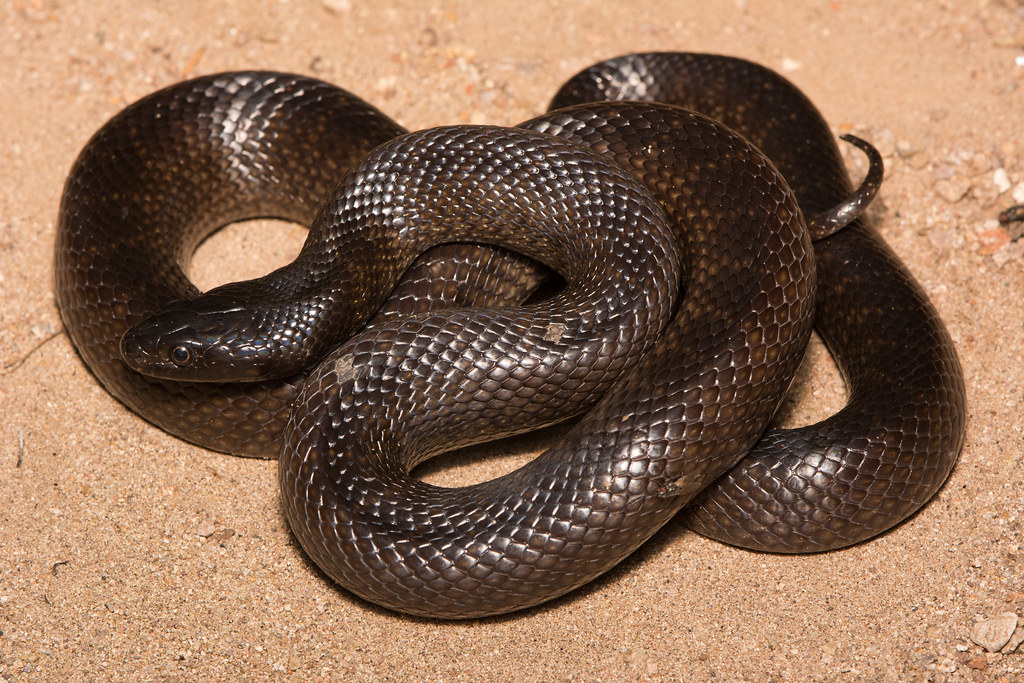
The Mexican Black Kingsnake naturally occurs in the arid and semi-arid regions spanning from southern Arizona and New Mexico down into the northern Mexican states of Sonora and Chihuahua. These adaptable reptiles thrive in diverse environments including desert scrubland, rocky hillsides, grasslands, and woodland edges where they can find appropriate shelter and prey. Their native habitat experiences significant temperature fluctuations, with hot days and cooler nights, which influences their preferred captive conditions. Mexican Black Kingsnakes are most commonly found at elevations between 1,500 and 7,000 feet, where they’ve evolved to navigate varied terrain from loose soil to rocky outcroppings. Understanding their natural environment helps keepers recreate appropriate conditions that promote natural behaviors and overall health in captivity.
Physical Characteristics and Appearance
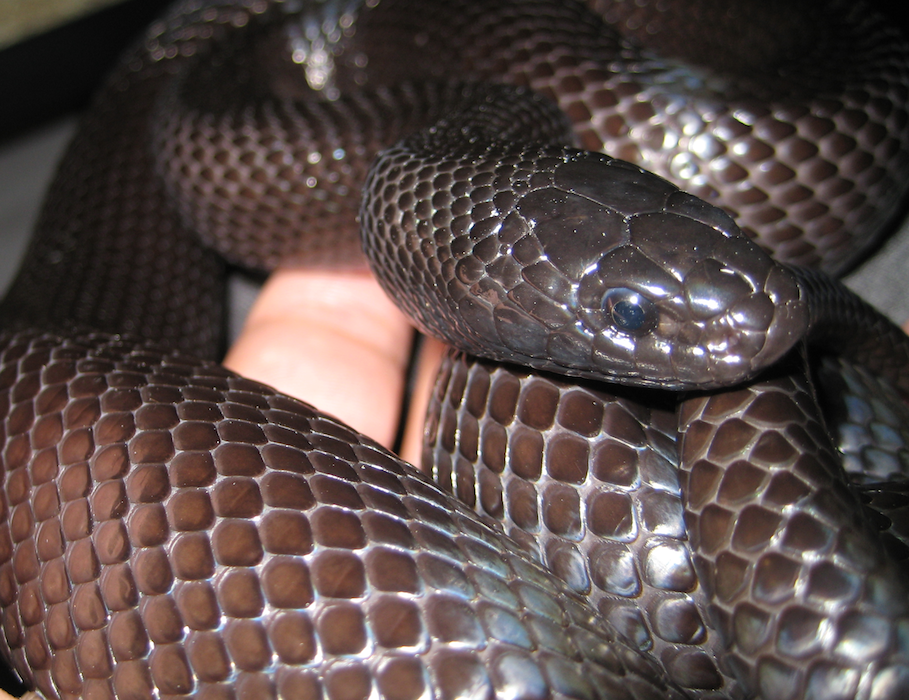
The Mexican Black Kingsnake’s most striking feature is its uniform, glossy black coloration that gives it a sophisticated, almost polished appearance. Adults typically reach lengths of 3 to 4 feet, with some exceptional specimens growing closer to 5 feet, making them substantial but not overwhelmingly large snakes for home keeping. Their sleek, muscular bodies maintain a consistent diameter with a gentle taper toward the tail, and they possess smooth scales that contribute to their lustrous appearance.
Unlike many other kingsnake subspecies that display bands or patterns, the Mexican Black is almost entirely midnight black, sometimes showing hints of white between scales when they expand during movement or after feeding. Their heads are only slightly distinct from their necks, featuring large, forward-facing eyes with round pupils that appear dark against their ebony background, giving them an alert and inquisitive expression.
Temperament and Behavior
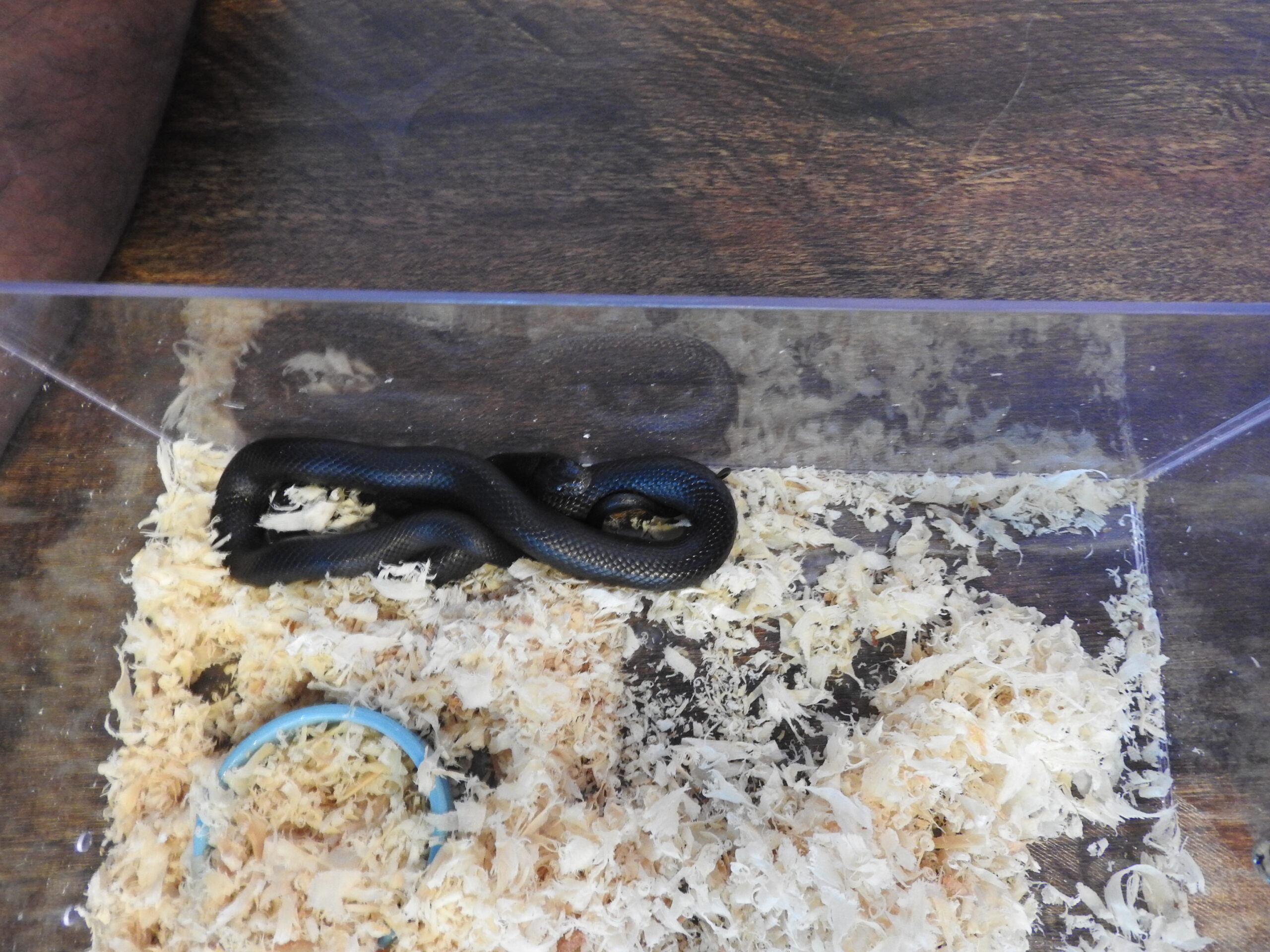
Renowned for their generally docile nature, Mexican Black Kingsnakes typically become remarkably handleable pets with consistent, gentle interaction. Young specimens may initially display defensive behaviors including striking, musking (releasing a foul-smelling substance), or vibrating their tails in a rattlesnake-like warning, but these reactions usually diminish significantly with regular handling. As diurnal creatures, they’re most active during daylight hours, making them more interactive than some nocturnal snake species.
Mexican Black Kingsnakes are natural explorers and will actively investigate their surroundings when allowed safe, supervised time outside their enclosure. Their curious temperament makes them engaging pets that often become comfortable with routine handling sessions, sometimes actively perching on their keeper’s arms or shoulders once they’ve built trust. Despite their typically calm demeanor, it’s important to remember they are still wild animals with individual personalities, and some specimens may retain more defensive tendencies than others.
Dietary Requirements
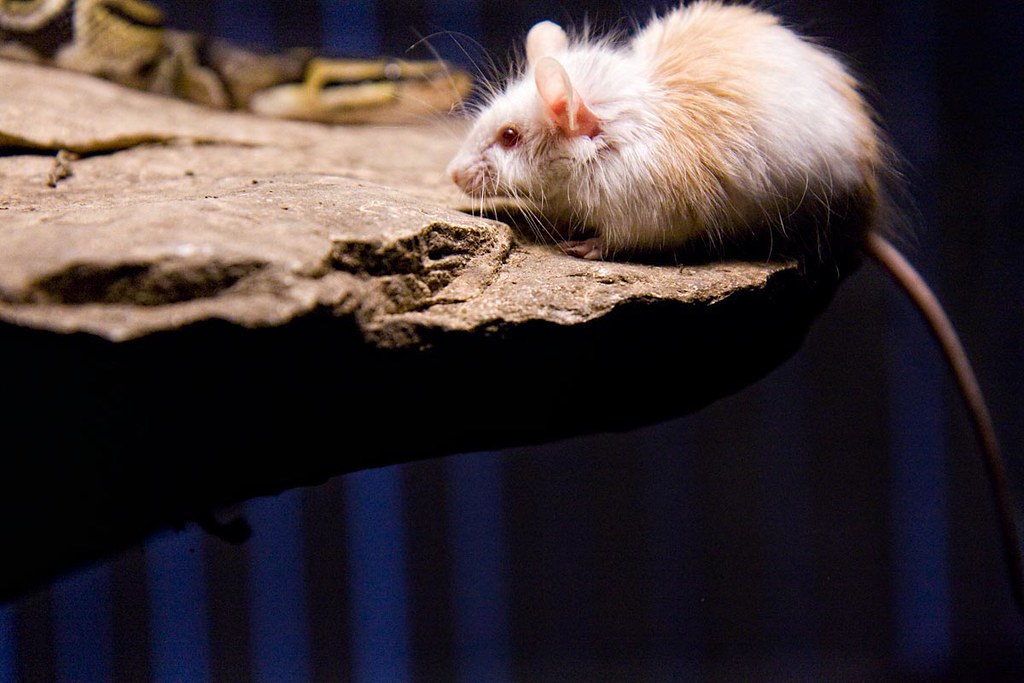
Mexican Black Kingsnakes are efficient carnivores with a diet primarily consisting of rodents in captivity, making feeding relatively straightforward for keepers. Adult specimens typically thrive on appropriately-sized mice or small rats offered every 7-10 days, with juveniles requiring more frequent feeding schedules of every 5-7 days to support their growth. These constrictors are ophiophagous in the wild, meaning they naturally prey on other snakes, including venomous species, which has contributed to their immunity to certain snake venoms—though this diet preference isn’t necessary to replicate in captivity.
Pre-killed frozen prey that has been properly thawed to body temperature is strongly recommended over live feeding to prevent injury to the snake from defensive prey animals. Some individuals may occasionally refuse meals during seasonal changes or breeding seasons, which is normal behavior that shouldn’t cause immediate concern unless accompanied by weight loss or other health issues.
Housing Requirements
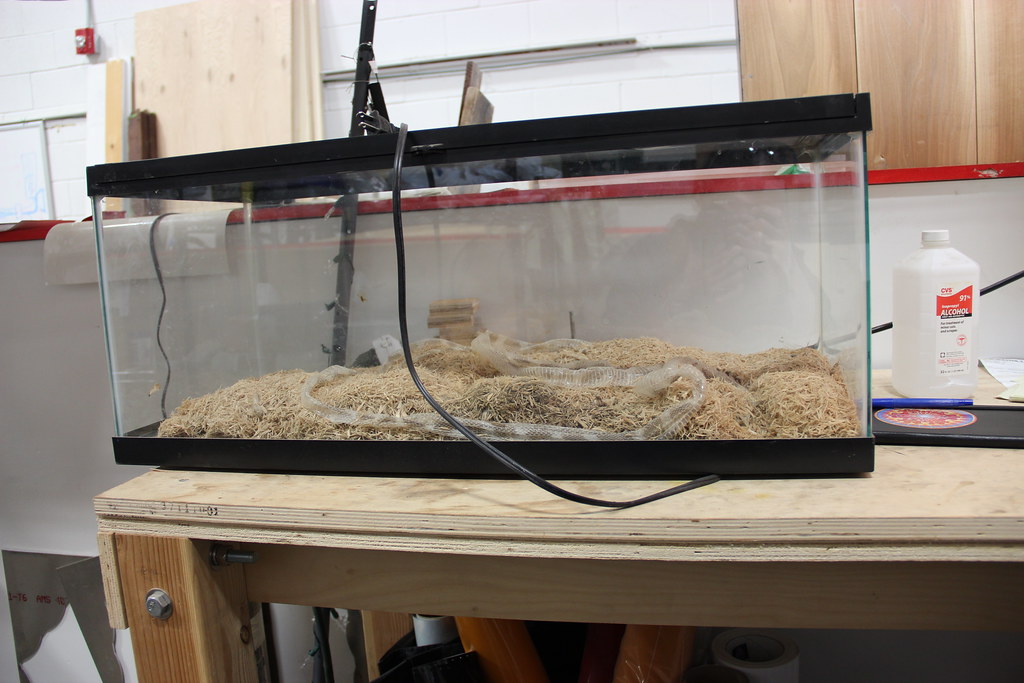
The proper enclosure for a Mexican Black Kingsnake should balance security with adequate space for movement and exploration. For adult specimens, a terrarium measuring at least 36″L × 18″W × 12″H provides sufficient room, though larger is always appreciated if space permits. Glass terrariums with secure, ventilated lids work well, as do specialized reptile enclosures made from PVC or similar materials that help maintain appropriate temperature and humidity levels.
The enclosure should include multiple hiding spots at both the warm and cool ends of the temperature gradient, allowing the snake to thermoregulate while feeling secure. Substrate options include aspen shavings, cypress mulch, or reptile-specific bedding products that allow for natural burrowing behaviors while remaining easy to clean and relatively dust-free. A shallow, heavy water dish large enough for the snake to soak in occasionally should be provided and cleaned regularly to prevent bacterial growth.
Temperature and Lighting Needs
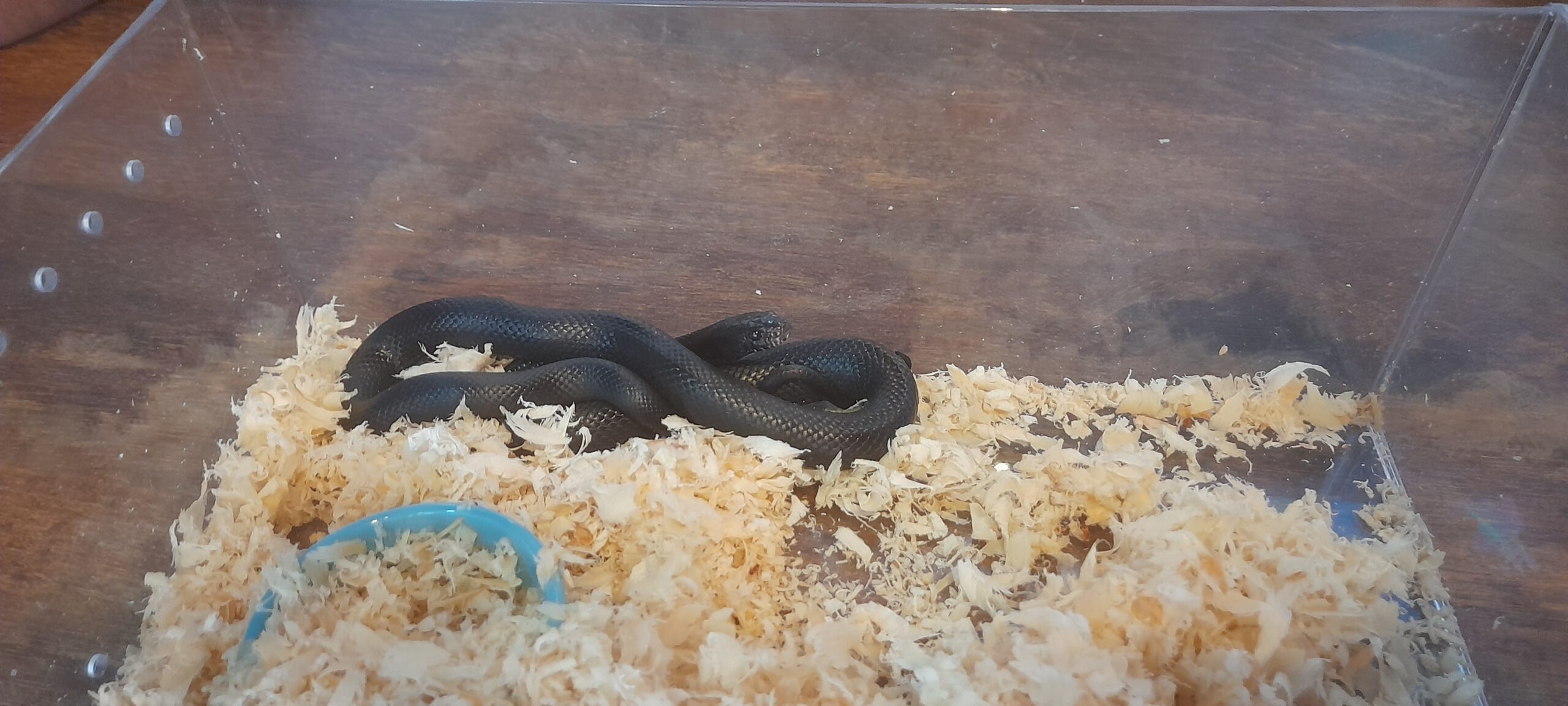
Creating an appropriate temperature gradient is essential for Mexican Black Kingsnakes to properly thermoregulate and maintain optimal health. The warm side of the enclosure should maintain temperatures between 85-88°F (29-31°C), while the cool side should range from 75-80°F (24-27°C), allowing the snake to move between areas as needed to regulate its body temperature. This gradient can be achieved using under-tank heating pads controlled by thermostats, ceramic heat emitters, or radiant heat panels mounted above the enclosure.
Unlike some reptile species, Mexican Black Kingsnakes don’t require specialized UVB lighting for vitamin D synthesis, though a simple day/night light cycle using standard LED or fluorescent lighting can help maintain natural behavioral rhythms. Nighttime temperatures can safely drop to the low 70s°F (around 21-23°C), mimicking the natural temperature fluctuations of their desert habitat without requiring supplemental heating if your home maintains comfortable overnight temperatures.
Humidity and Hydration
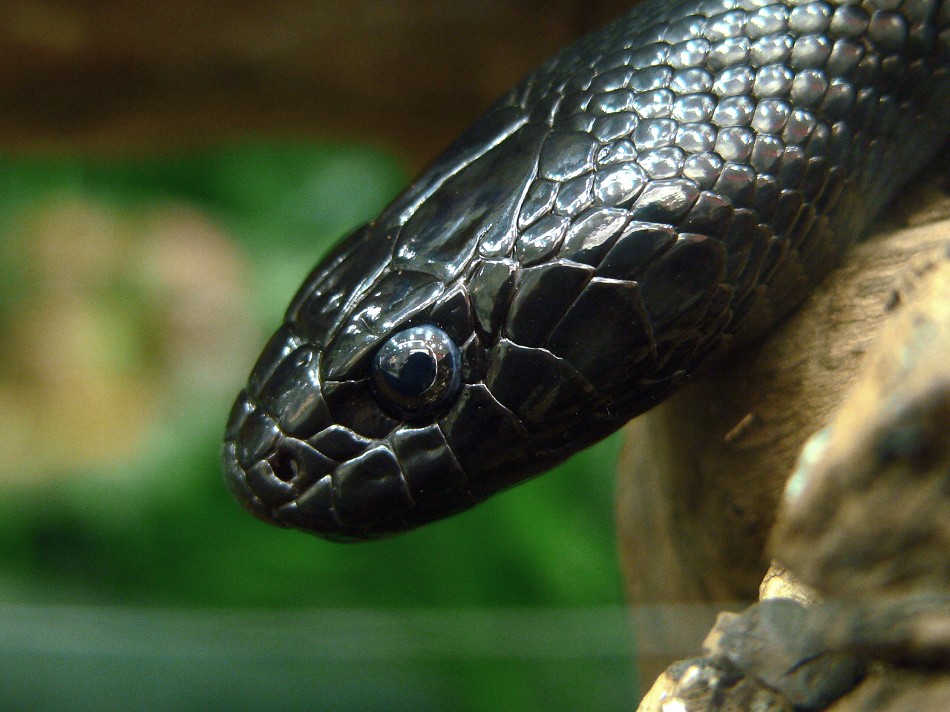
Mexican Black Kingsnakes originate from arid regions and consequently require relatively low humidity levels compared to tropical snake species. A general ambient humidity of 40-50% in the enclosure is typically sufficient for maintaining healthy skin and proper shedding. Providing a humidity hide—a covered shelter with moistened sphagnum moss or paper towels inside—creates a microclimate with elevated humidity that snakes can access when preparing to shed, preventing the common issue of stuck shed.
A clean, fresh water source large enough for occasional soaking should be available at all times, as these snakes will sometimes immerse themselves completely, particularly before shedding. During shedding periods, temporarily increasing overall enclosure humidity through light misting can help facilitate a complete, one-piece shed, though care should be taken not to create consistently damp conditions that could lead to respiratory infections or scale rot.
Health Concerns and Common Issues
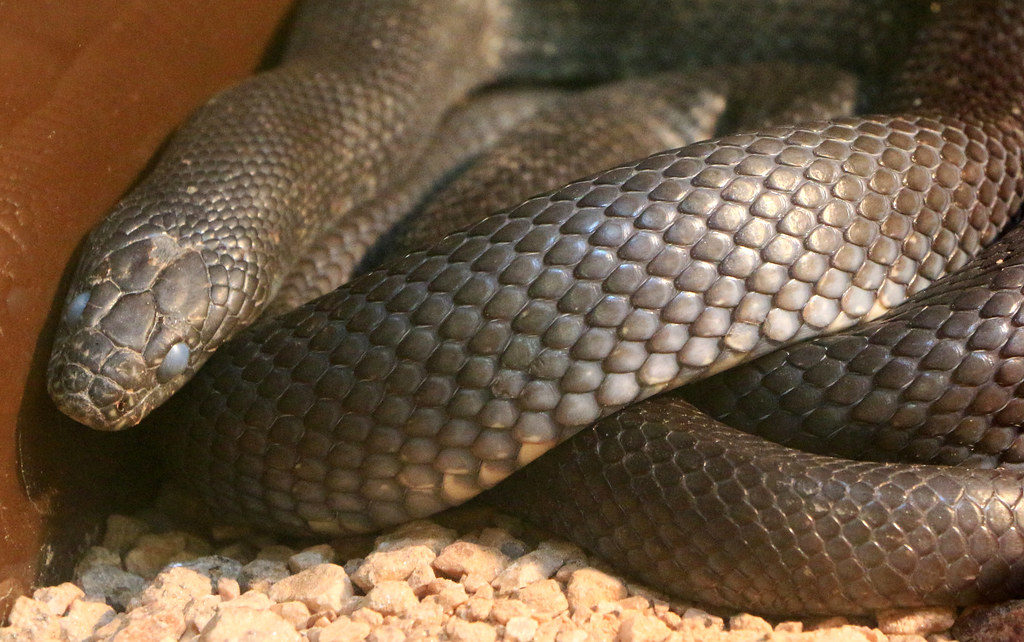
Mexican Black Kingsnakes are generally hardy reptiles, but they can experience several health issues that keepers should monitor for. Respiratory infections, often indicated by wheezing, excess mucus around the mouth, or bubbling from the nostrils, typically result from consistently high humidity or insufficient warmth. Scale rot, characterized by reddened, raised, or discolored scales, usually stems from unsanitary or overly damp substrate conditions.
Incomplete shedding (dysecdysis) where patches of old skin remain attached can occur with inadequate humidity during the shedding process and may require gentle assistance with warm, moist towels if persistent. Internal parasites, while not always visibly apparent, might manifest as weight loss, regurgitation, or abnormal feces, requiring veterinary diagnosis and treatment. Regular wellness checks by an experienced reptile veterinarian are recommended, particularly for new specimens or if any behavioral changes occur, as early intervention significantly improves outcomes for most reptile health conditions.
Handling Techniques and Socialization
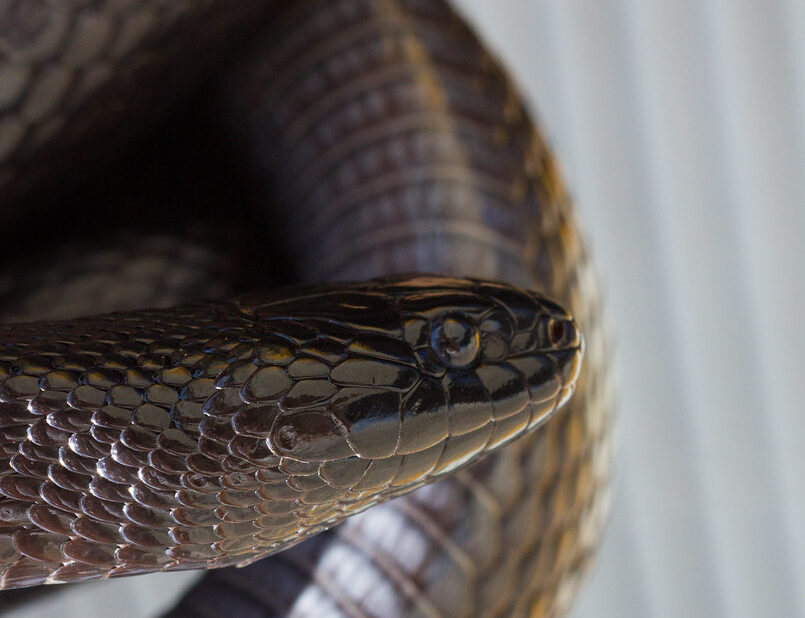
Proper handling of Mexican Black Kingsnakes begins with respect for their space and recognition of their body language. When approaching the enclosure, move deliberately rather than suddenly, and gently scoop the snake from beneath rather than grabbing from above, which mimics predator attacks and triggers defensive responses. Initial handling sessions should be brief (5-10 minutes) and gradually extended as the snake becomes more comfortable, working up to 15-20 minute sessions several times weekly.
Supporting the snake’s body throughout its length is crucial—never allowing more than a third of the body to hang unsupported, which creates insecurity and stress for the animal. Washing hands before handling removes food scents that might trigger feeding responses, and washing afterward prevents potential exposure to salmonella bacteria that reptiles may carry. New kingsnakes should be given 1-2 weeks to acclimate to their environment before handling begins, and handling should always be avoided during shedding periods or immediately after feeding when disturbance might cause regurgitation.
Breeding Considerations
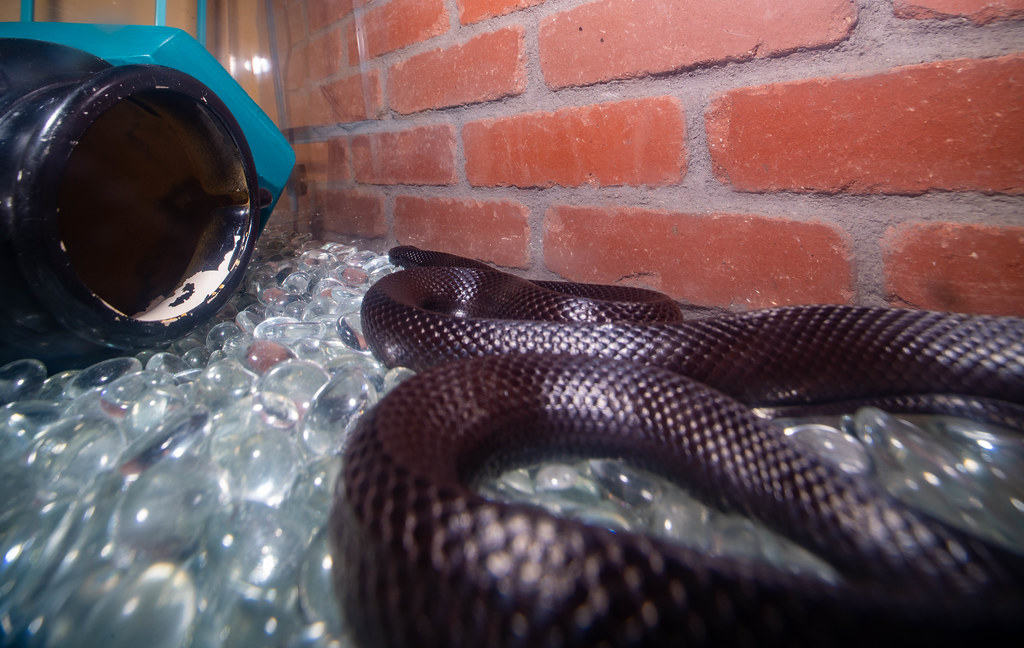
Breeding Mexican Black Kingsnakes requires careful preparation and appropriate timing to be successful. A cooling period (brumation) of 2-3 months with reduced temperatures (60-65°F or 15-18°C) and minimal feeding is typically necessary to stimulate reproductive behavior, mimicking the natural winter conditions of their native habitat. After this cooling period, gradual reintroduction to normal temperatures and feeding schedules often triggers breeding behaviors, with males becoming more active and females developing follicles internally.
Once breeding has occurred, gravid females will typically lay clutches of 5-12 eggs approximately 30-45 days later in a secluded, slightly humid hiding spot prepared for this purpose. The eggs require artificial incubation at approximately 82-84°F (28-29°C) with humidity levels around 80-90% for 55-65 days until hatching. Neonates emerge fully independent, typically measuring 8-10 inches in length, and will usually accept appropriately sized pinky mice after their first shed, approximately 7-10 days after hatching.
Comparison to Other Kingsnake Species
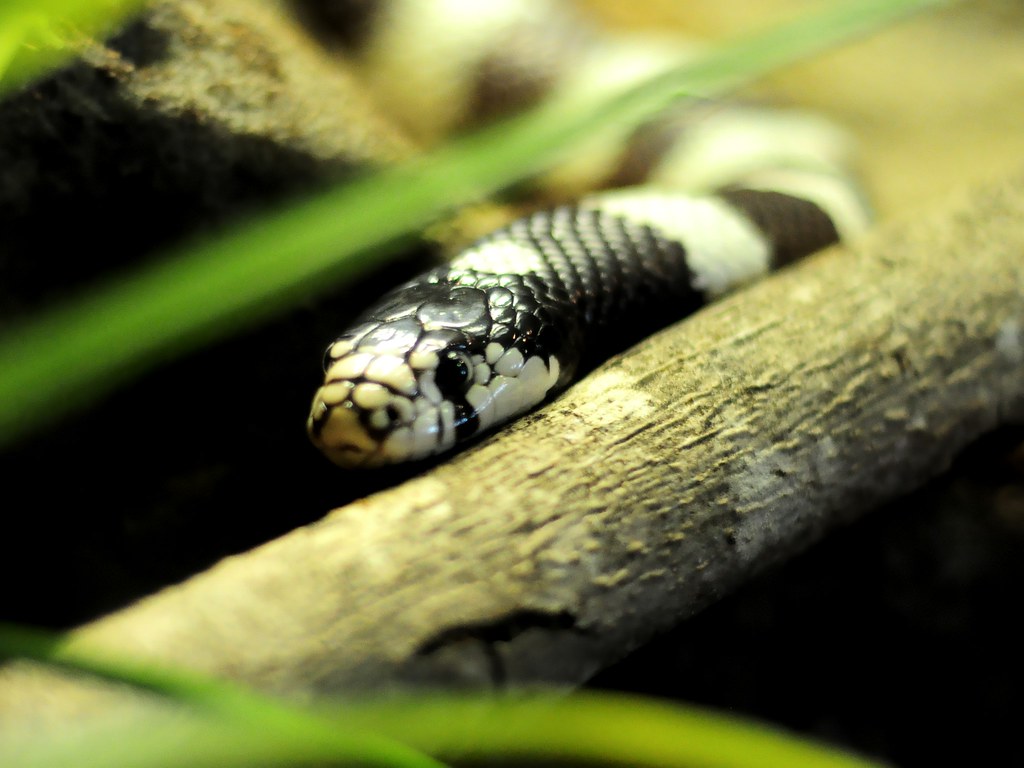
The Mexican Black Kingsnake differs notably from other kingsnake species primarily in its uniform black coloration, contrasting with the distinctive banded patterns of California Kingsnakes or the vivid red, black, and yellow tricolors of Milk Snakes (a closely related Lampropeltis species). While sharing similar care requirements with most kingsnake varieties, the Mexican Black typically displays a more consistently docile temperament than some of its relatives, making it particularly suitable for beginners.
At an average adult length of 3-4 feet, Mexican Blacks fall into the medium size range for kingsnakes, larger than the Desert Kingsnake but typically smaller than the robust Eastern Kingsnake. All kingsnake species share the remarkable adaptation of ophiophagy (snake-eating) and consequent resistance to certain snake venoms, though the Mexican Black Kingsnake seems to have a particularly strong immunity that has made it the subject of medical research into venom neutralization.
Lifespan and Long-term Commitment
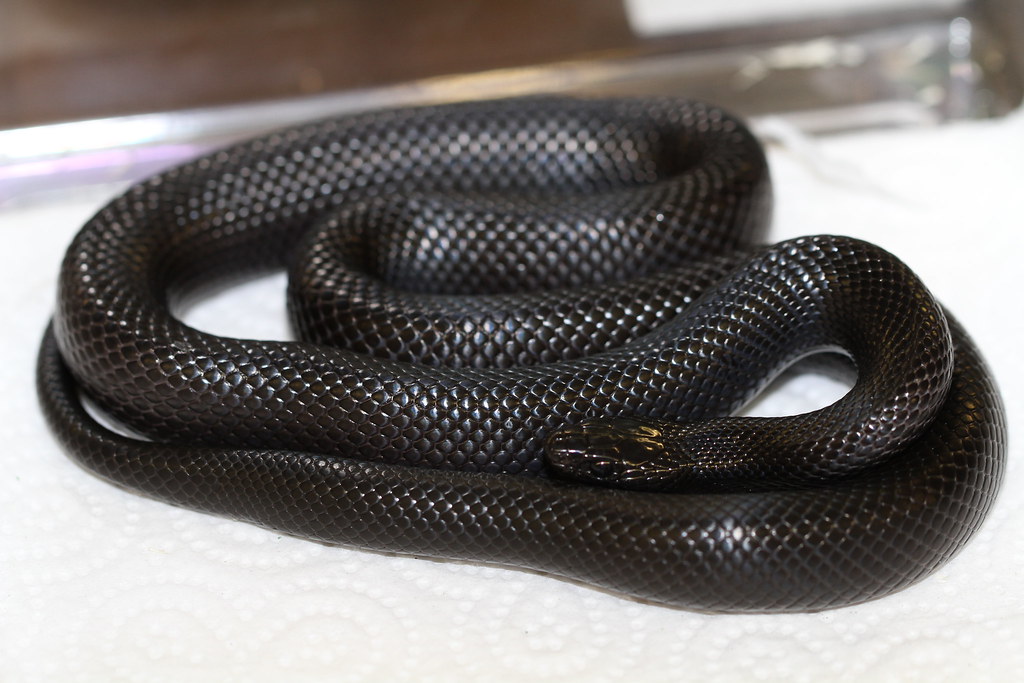
Prospective owners should understand that acquiring a Mexican Black Kingsnake represents a significant long-term commitment, as these reptiles regularly live 15-20 years in captivity with proper care, and exceptional specimens have been known to reach 25+ years. This extended lifespan means considering future life changes including relocations, family additions, or changing living situations that might impact your ability to provide consistent care.
The financial commitment extends beyond the initial purchase price (typically $150-300 depending on age and source) to include habitat setup ($200-400), ongoing costs for substrate, food, and utilities ($15-30 monthly), and occasional veterinary care from exotic animal specialists which can be significant for specialized treatments. While not as demanding of daily attention as many traditional pets, kingsnakes still require regular feeding, enclosure maintenance, temperature monitoring, and interaction to thrive, making them unsuitable for those seeking a completely hands-off pet experience.
Conservation Status and Ethical Acquisition
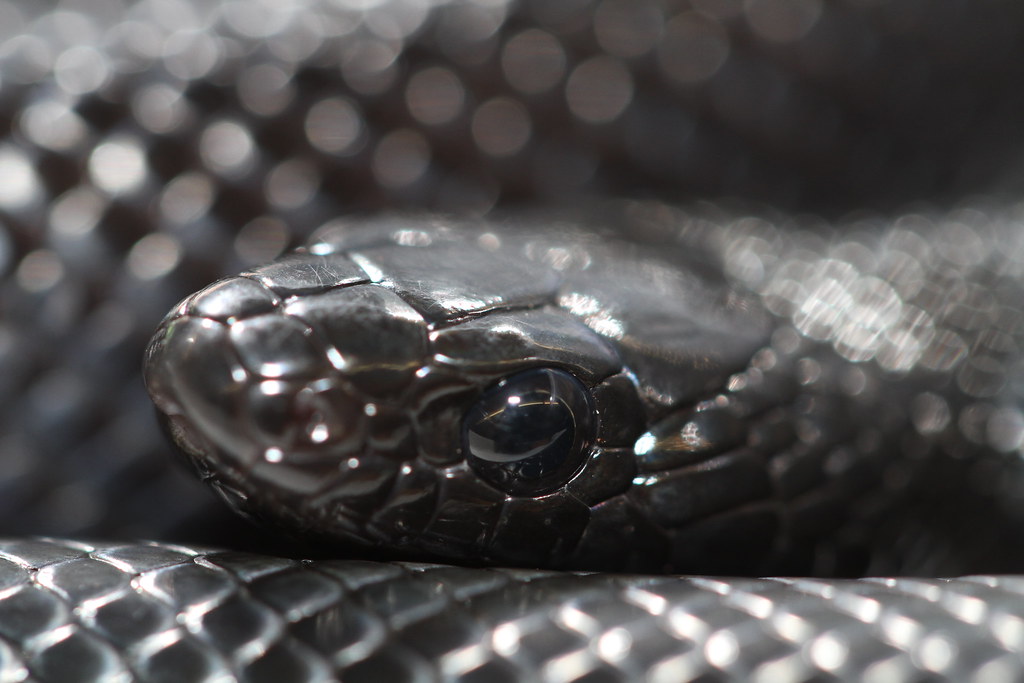
The Mexican Black Kingsnake is not currently listed as endangered or threatened in the wild, with stable populations throughout much of its natural range. However, ethical acquisition remains an important consideration for responsible keepers. Captive-bred specimens from reputable breeders are strongly preferred over wild-caught individuals, as they typically demonstrate better health, more consistent temperaments, and adaptation to captivity without depleting natural populations. When purchasing, inquire about the snake’s origin, feeding history, and any health treatments it has received, requesting detailed records when possible.
Responsible breeders will answer questions thoroughly, provide care guidance, and show genuine concern for their animals’ long-term welfare. Avoiding impulse purchases at expos or pet stores without proper research protects both the potential keeper from unexpected challenges and the animal from potential neglect or abandonment. Supporting breeders who maintain ethical practices and genetic diversity in their breeding programs helps ensure the sustainability of the captive population while reducing pressure on wild specimens.
As elegant as they are undemanding, Mexican Black Kingsnakes represent an ideal intersection of exotic appeal and practical pet-keeping. Their velvety black appearance offers a sophisticated aesthetic that stands out among reptile pets, while their generally calm temperament makes them accessible even to those new to snake keeping. With reasonable space requirements, straightforward feeding habits, and minimal specialized equipment needs, they provide a relatively low-maintenance entry point into the rewarding world of reptile husbandry. Whether you’re fascinated by their natural behaviors, drawn to their striking appearance, or simply looking for a unique companion animal that doesn’t require daily walks or constant attention, the Mexican Black Kingsnake offers a compelling option that has rightfully earned its place among the most popular snake species in the herpetocultural hobby.

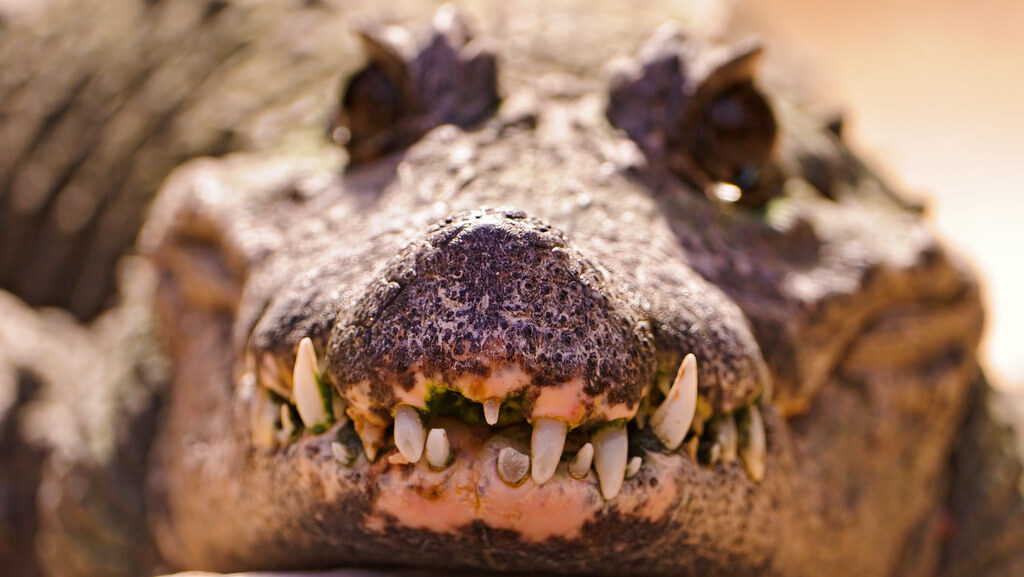
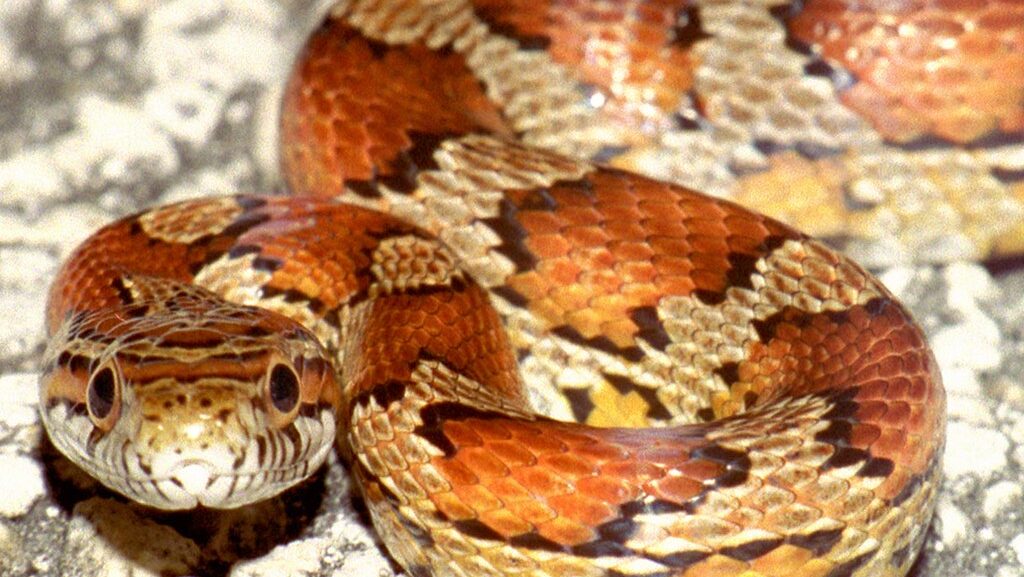
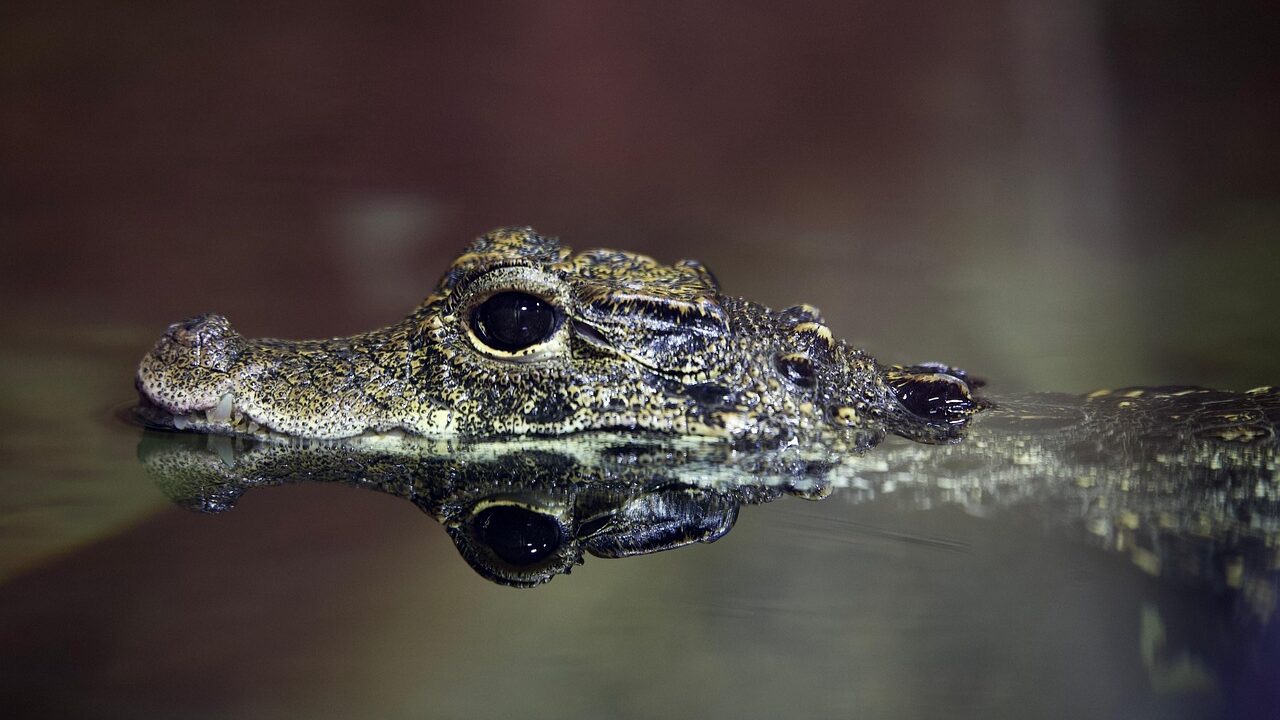
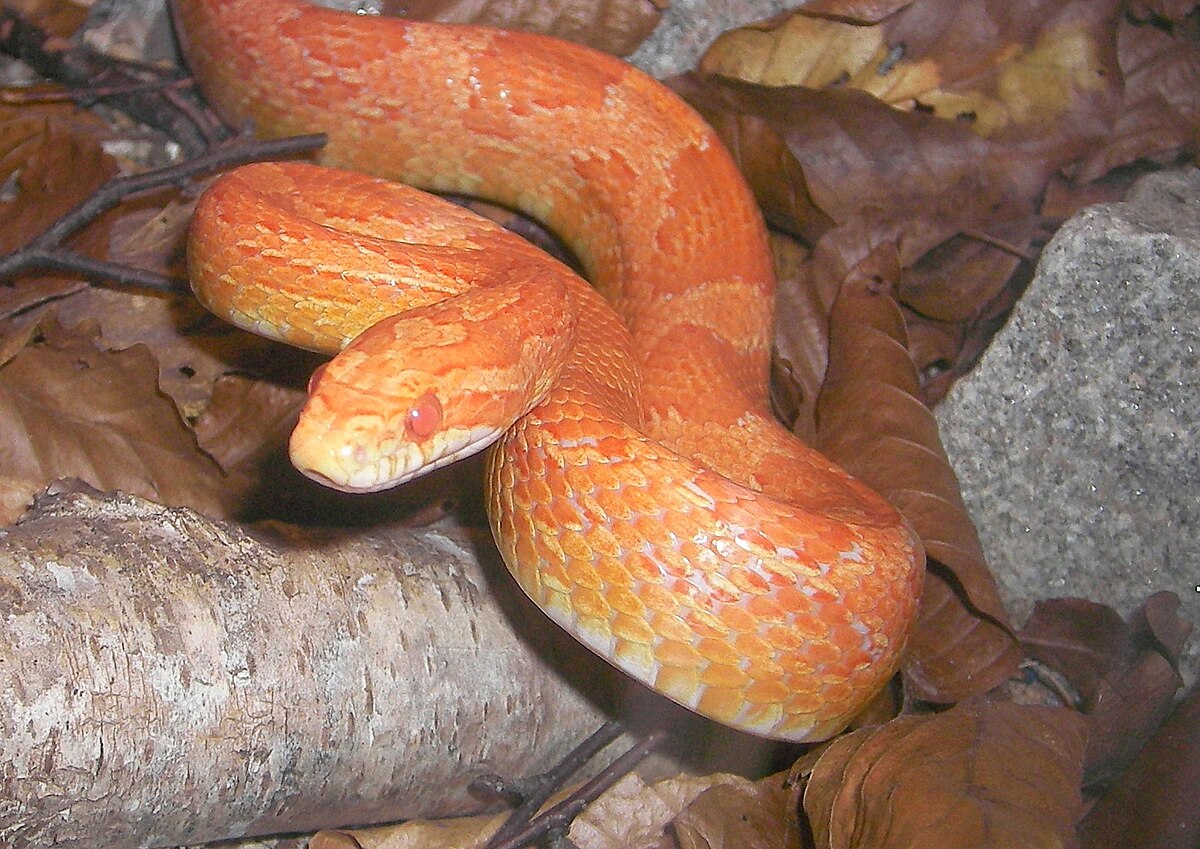
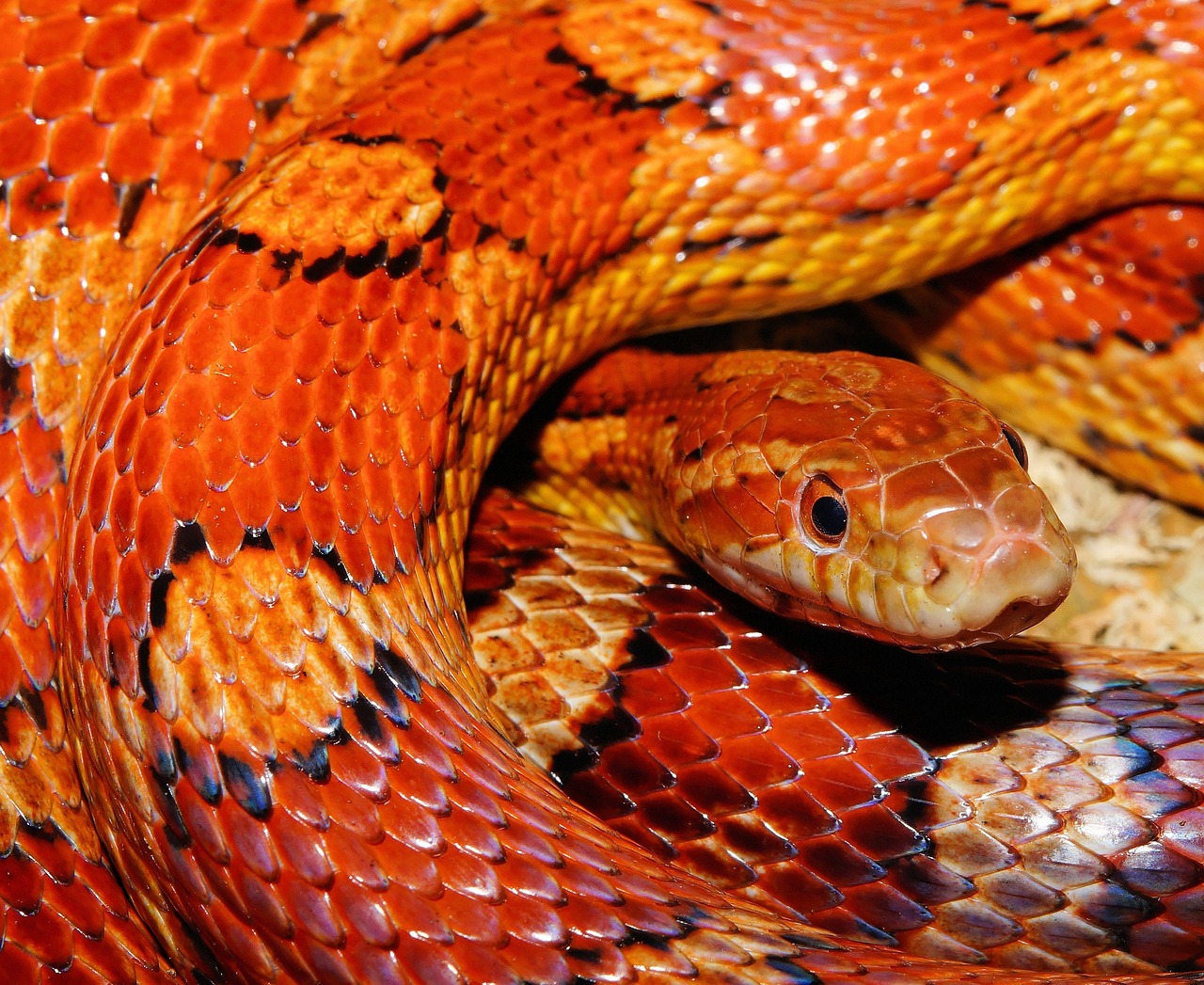
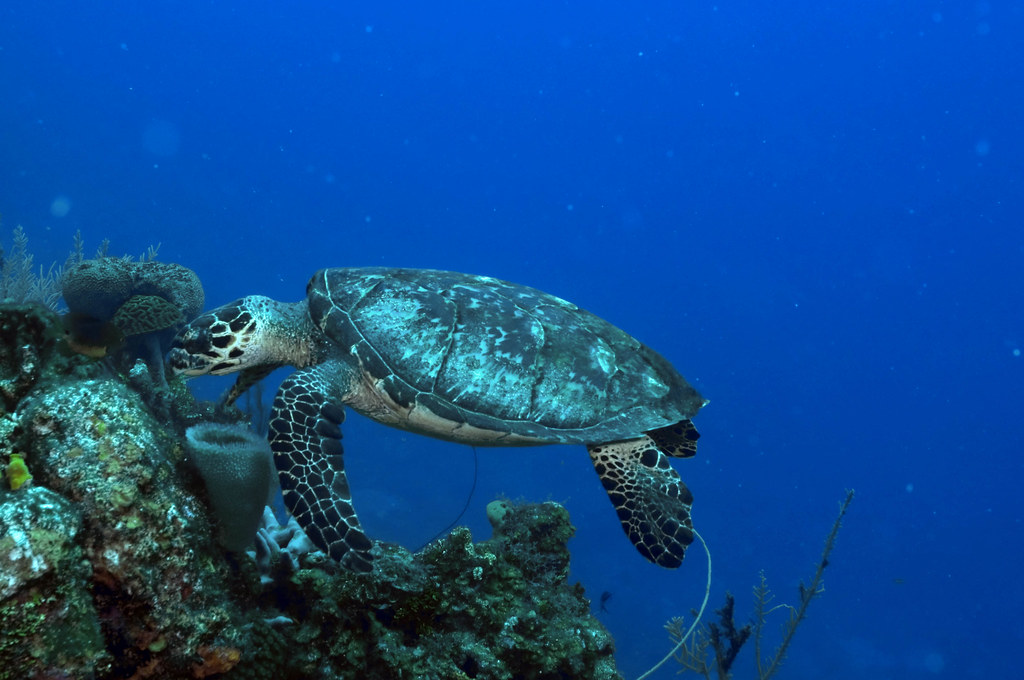
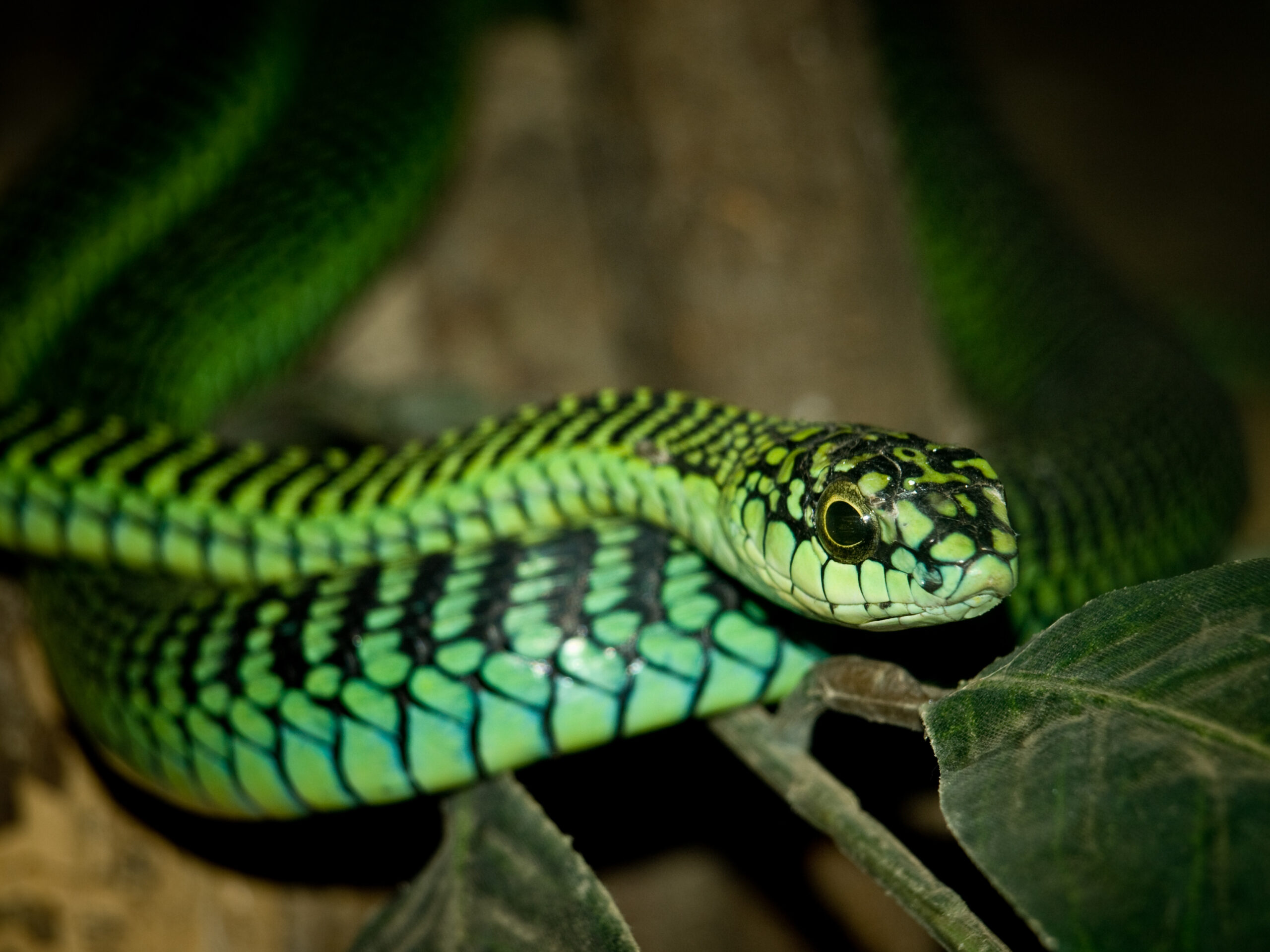
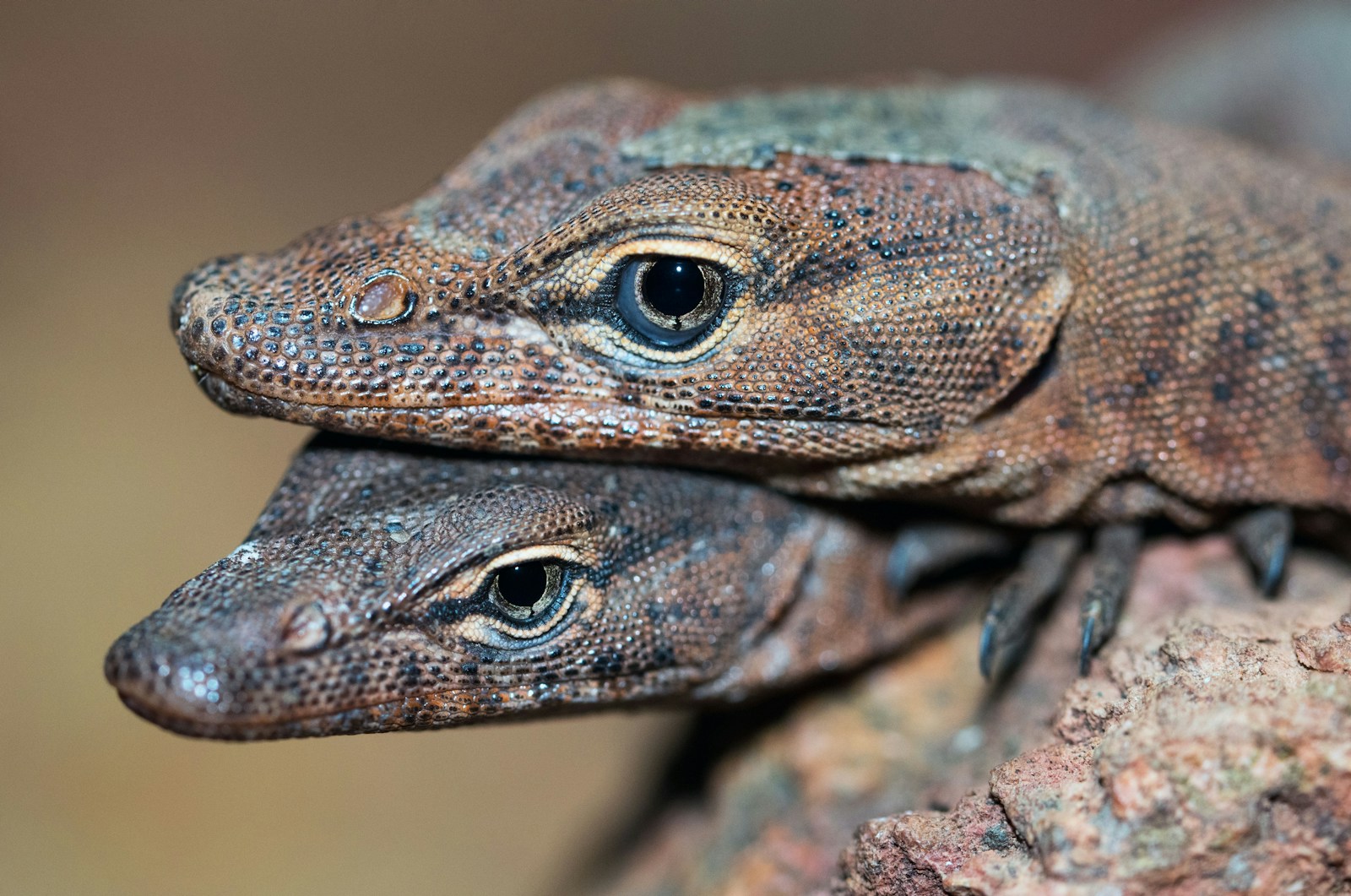
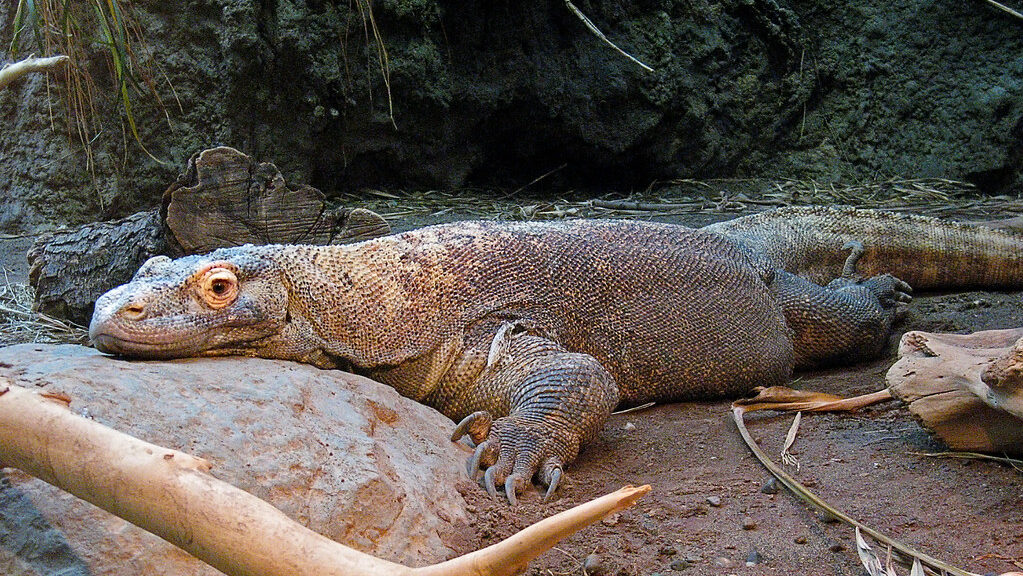
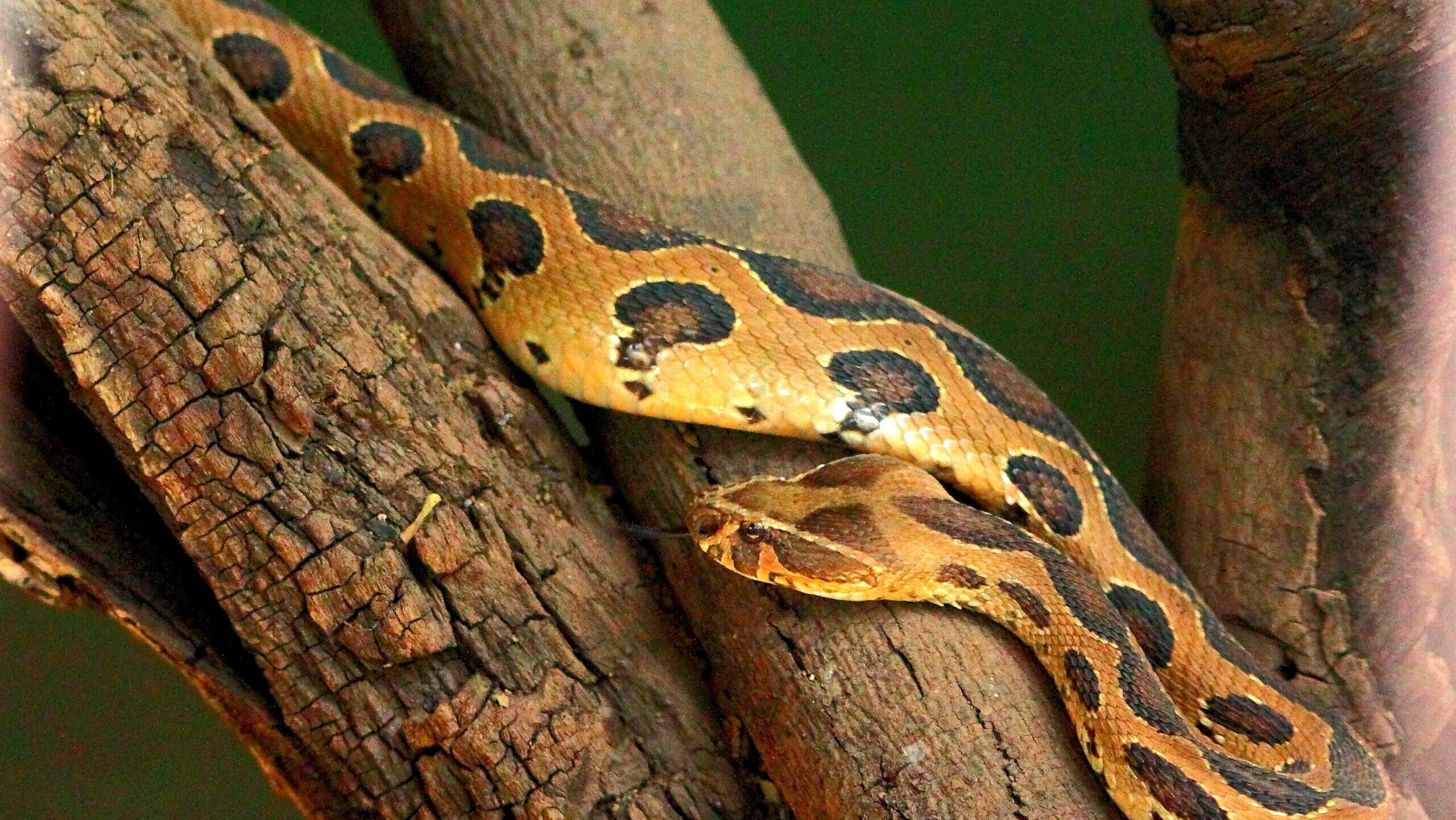
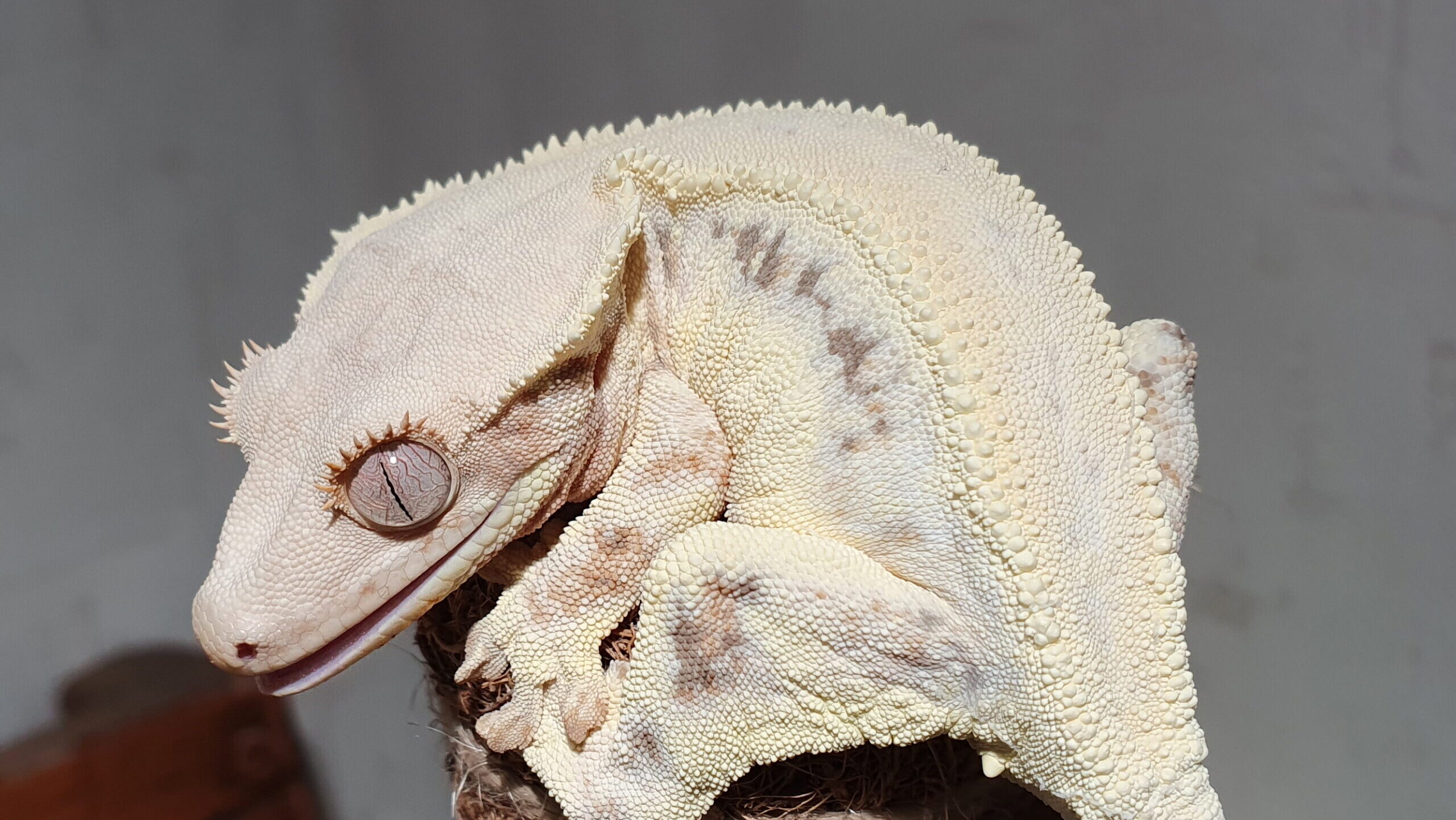
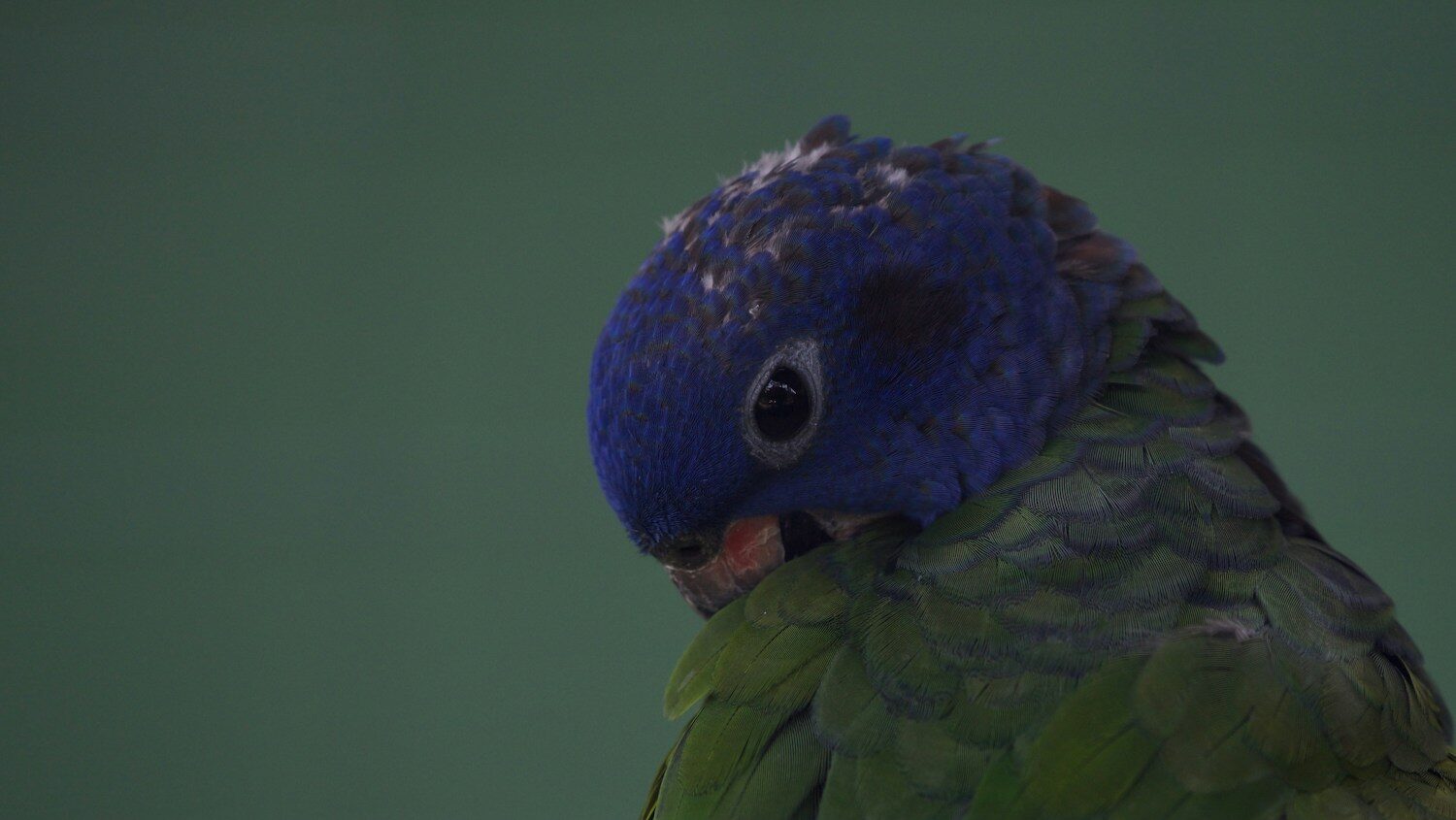
Leave a Reply